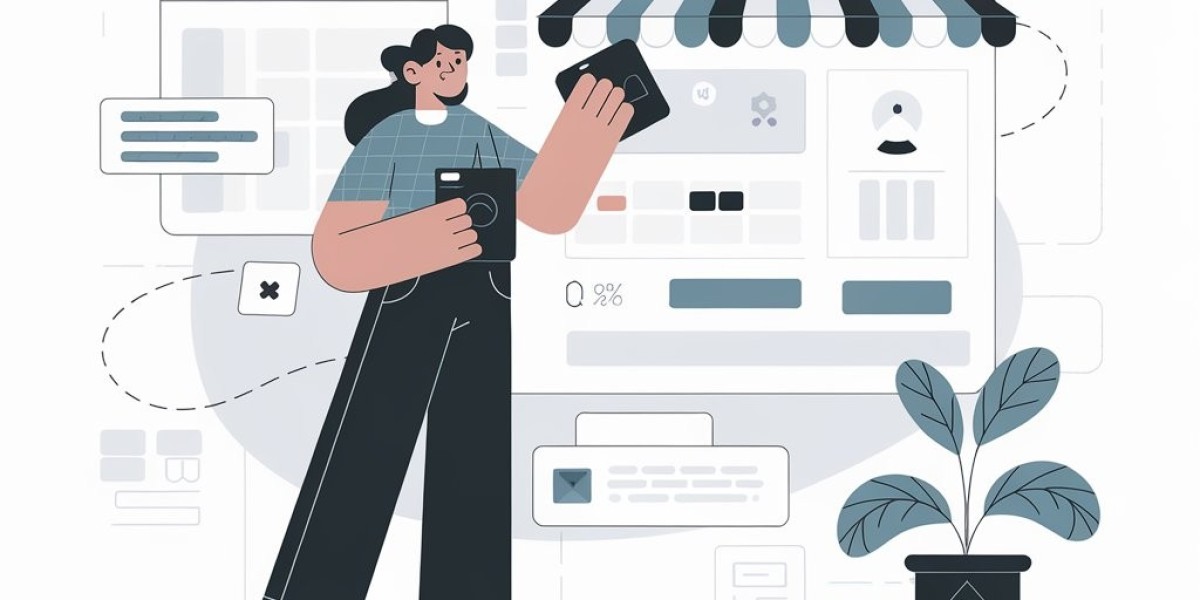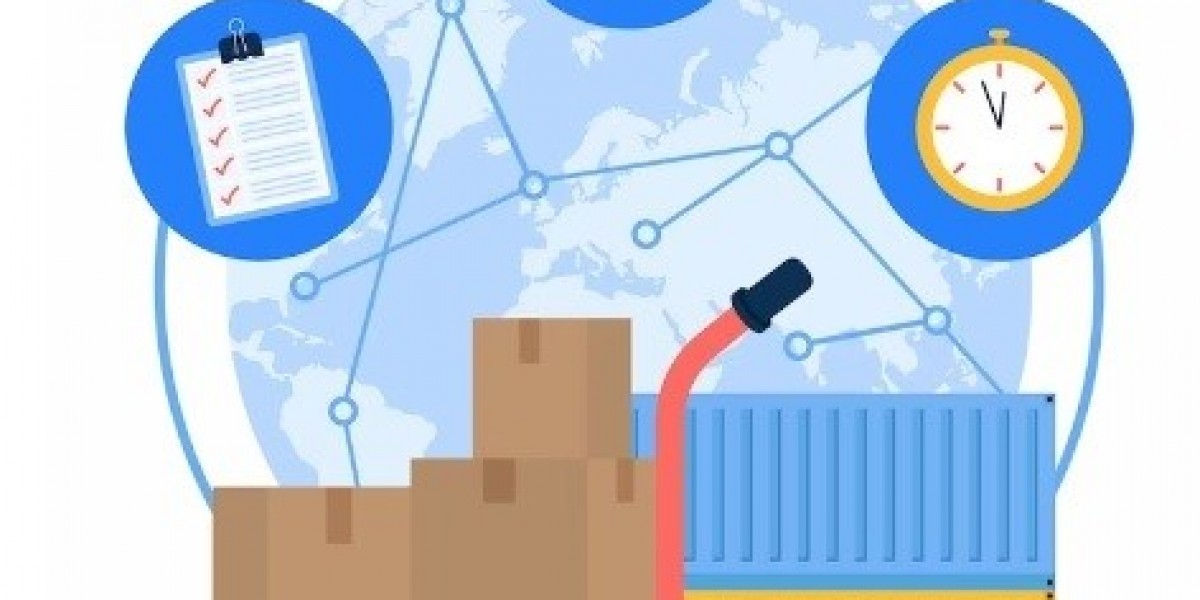Headless commerce is the separation of the front-end (user interface) from the back-end (server-side functions) of an eCommerce platform. This gives developers more freedom to create tailored user experiences while improving performance, flexibility, and scalability.
Unlike traditional eCommerce platforms where the front-end and back-end are tightly integrated, headless commerce allows businesses to use different technologies for each part. This decoupling opens up new possibilities for enhancing customer engagement and streamlining the shopping experience.
Headless development services enable eCommerce platforms to rapidly innovate without being restricted by back-end updates. This flexibility results in faster load times, personalized user interfaces, and enhanced checkout experiencesall critical factors in driving higher conversion rates and repeat purchases.
Understanding Conversion Rates in eCommerce
Before diving into how headless commerce impacts conversions, it's essential to define what we mean by conversion rates. In the context of eCommerce, conversion refers to the process of turning website visitors into paying customers. Conversion rates directly reflect your site's ability to engage visitors, convince them of your product's value, and ease them through the buying process.
Several factors impact conversion rates in eCommerce:
User experience: Navigation, load time, and design can all influence conversions.
Personalization: Tailoring products and offers to user preferences drives engagement.
Checkout process: A streamlined, easy checkout reduces cart abandonment and encourages purchases.
How Headless Commerce Enhances Conversion Rates?
With the flexibility that headless commerce offers, brands can craft unique, engaging customer experiences that boost conversion rates. Heres how:
Personalized Content Delivery: Headless commerce allows you to deliver personalized product recommendations, content, and promotions based on user behavior, location, and preferences.
Faster Load Times: By decoupling the front end, businesses can leverage faster content delivery networks (CDNs), resulting in quicker load times. Faster sites lead to better user experiences and higher conversion rates.
Omnichannel Experiences: Headless commerce enables seamless experiences across multiple channelswhether customers are shopping via mobile, desktop, or in-store. This consistency helps increase trust and engagement.
According to research, a one-second delay in page load time can reduce conversion rates by 7%. In headless commerce, the flexibility to optimize front-end performance across devices ensures your platform remains lightning-fast and accessible to all customers.
Boosting Repeat Purchases with Headless Commerce
Beyond driving initial conversions, headless commerce also plays a significant role in encouraging repeat purchases. Repeat customers are vital to the success of any eCommerce business, as they typically spend more than first-time buyers and are easier to retain.
Here are key ways headless commerce enhances repeat purchases:
Tailored Shopping Experiences: Headless commerce enables dynamic content updates without back-end disruptions, ensuring returning customers are greeted with personalized experiences tailored to their preferences.
Loyalty Program Integration: With headless architecture, integrating loyalty programs across different touchpoints becomes seamless, encouraging customers to return and take advantage of exclusive offers.
Frictionless Checkout: A smooth, easy-to-use checkout system reduces barriers to purchase, making it more likely that customers will return to buy again.
An e-commerce development company specializing in headless commerce can implement solutions that enhance customer engagement, driving higher retention rates and frequent purchases.
Key Benefits of Headless Commerce for eCommerce Stores
The shift towards headless commerce brings numerous advantages for eCommerce businesses, including:
Scalability: Easily manage high traffic spikes and scale your infrastructure without impacting the customer experience.
Flexibility: Customize the front-end design while keeping the back-end intact.
Integration Freedom: Connect your store to new tools and systems, such as CRM, ERP, or marketing automation platforms, without disrupting the overall system.
Seamless Omnichannel: Reach customers across different devices and platforms, providing a consistent experience that helps drive repeat purchases.
How to Implement Headless Commerce Effectively?
Transitioning to a headless architecture requires careful planning. Follow these steps to ensure a smooth implementation:
Assess Your Current Platform: Determine if your current platform is limiting your ability to provide the user experiences your customers expect.
Choose the Right Headless CMS: A flexible content management system is critical for delivering content seamlessly across channels.
Focus on Front-End Development: Since the back-end is decoupled, invest in front-end development to create engaging and responsive interfaces.
Work with Experts: Collaborate with a headless development service provider who understands the intricacies of headless architecture and can ensure a smooth transition.
Conclusion
Headless commerce is not just a trend but a strategic approach to driving long-term growth in the eCommerce space. By adopting a headless architecture, businesses can improve their conversion rates, enhance customer experiences, and foster repeat purchases. The flexibility, speed, and personalization offered by headless commerce make it an essential component for future-proofing your eCommerce business.








